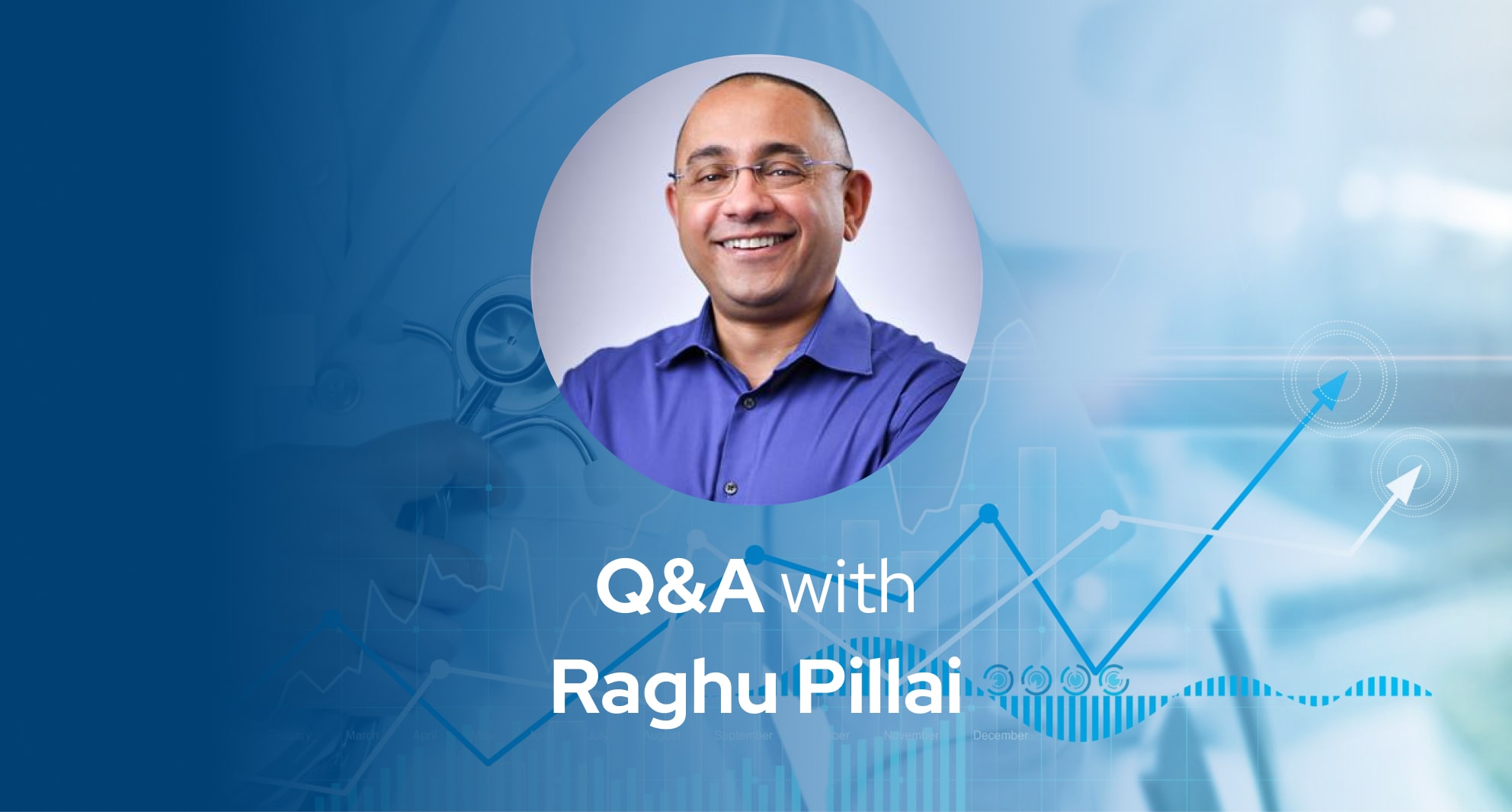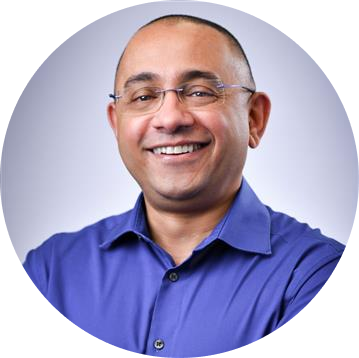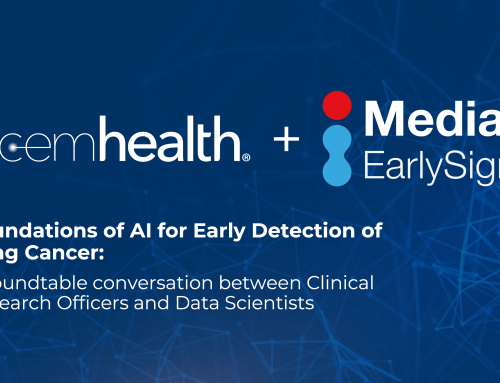
Strategies for Increasing Patient & Provider Engagement with Early Detection: Q&A with Raghu Pillai
In our recent webinar, Raghu Pillai, principal at Quantum Advisors and healthcare leader with a passion designing for person-centered healthcare, brought his experience to help uncover how earlier detection enables better engagement from both patients and providers. Raghu previously served as Interim CIO at M Health Fairview and Chief Digital Officer at Currance.
Note: Questions and responses edited for context and clarity.
Creating Long-Term Relationships with Patients
Raghu, earlier in this webinar we addressed topics about adopting a full lifecycle orientation and driving proactive engagement with patients. You’ve led patient engagement initiatives using digital tools.
Can you talk a little bit about how advanced patient targeting supports those beneficial long term patient relationships?

“Yeah, absolutely.
As consumers, what we want from our healthcare provider is a lifelong partnership to co-create health. Long-term relationships like that are built on trust, empathy and understanding.
Targeted services like additional screening for patients who may be at higher risk demonstrate a provider’s attempt to better understand the individual. And the provider’s actions and behaviors related to that over time build trust.
Patients want that.
After the pandemic, consumer studies from multiple sources consistently show that over 70% of people prefer warm, personalized care. People are more likely to adhere to recommendations from personalized care because they believe they are being better treated. And an increasing number of us are actively shopping for this experience and looking to switch providers or payers where that experience is available.
Even though healthcare has historically had the data to do this, doing this at scale for an “n of 1” has been very difficult until relatively recently, where advances in digital technologies make it more possible today. So, we really have an opportunity of a win-win framework, if you will, to more tightly align the motivations of the patient and the provider and have healthier populations.”
Improving Clinician Engagement & Retention
Provider organizations are facing lots of pressure related to workforce challenges and shortages. Can you maybe expand a little bit on how proactive patient engagement might support clinician engagement, clinician retention, and loyalty there?

“Yeah, that’s great.
You know, when we opened the webinar, there was discussion about this magical thing where certain things ‘align’ [where providers and patients are brought together].
When we talk to clinicians and administrators, it’s clear that the work healthcare providers are trying to do and would like to do is to maximize their limited resources appropriately. Meaning they want to spend more time with individuals who are the sickest, and provide supportive care with less human intervention where appropriate for individuals who don’t need that level of care and where it’s appropriate.
And yes, healthcare today is competing with talent on a global stage across industries. So using digital technologies makes sense to titrate the intensity of care across these different patient cohorts that have different needs. And in this case, I would underline not just clinical needs, but also behavioral and preference needs that actually address this issue of, ‘How do you do this personalized care, increase engagement, and touch points to a patient at scale?’
Personalizing Patient Communications
When enrolling people in remote patient monitoring programs, it can be difficult getting patients to pay attention to the offered benefits, often due to their busy schedules. Typically, engagement rates for such programs are in the teens, meaning a small fraction of the eligible population participates. However, when initial communication was tailored to the patient’s specific profile and addressed their particular risk level or issues, there appeared to be better uptake rates.
Do you have other examples of how that personalized communication can be leveraged to just get better engagement?

“Yeah, absolutely.
I can talk about a couple of examples to that to that degree I can disclose specific details so in the health system that I’ve worked before.
For example, one thing that stood out, we were trying to create for breast cancer – a personalized journey would bring the patients and the care teams closer together. Using digital technology, using an application to really engage, provide a continuous healthcare experience, not just when they were interacting face to face.
A couple of things that came through very clearly.
One was a digital divide. There were individuals who may not be as savvy or as capable to navigate complex journeys online. And so simple interactions – text messages, user-friendly language to convert the most clinical technical, scientific things to an individual were techniques that needed to be adopted.”
“So that was one example.
In Minnesota, we have a large multiracial, multiethnic population that speaks many different native languages. And through our patient advocate teams, one of the things we were able to clearly show is, engagement with specific cohorts that speak specific languages and are of a particular age demographic require different touch points for the same interaction.
So ultimately [personalization] becomes really about N-of-1 – what does that individual need? At that point in time, as that individual ages, that framework of what the ‘need’ is, the ‘needs cloud’ as we used to call it, would change. And again, digital is one way to reach them.
The other way is a congruent physical interaction.
So, the framework I have in my mind is, we think about it as an experience helix with one strand being your digital interaction, the other one being the physical interaction. And touch points, channels and technology being the ones that bring them together. That’s ultimately what healthcare systems have to do at N-of-1.”
Curious to learn more about the benefits of early disease detection? Check out the webinar recording or head over to our blog!
